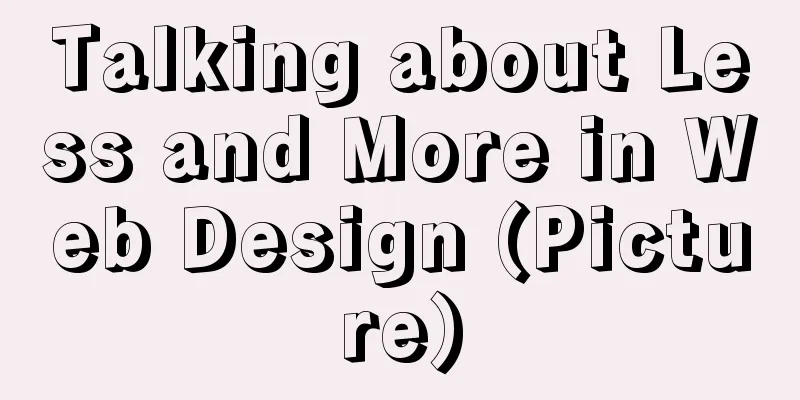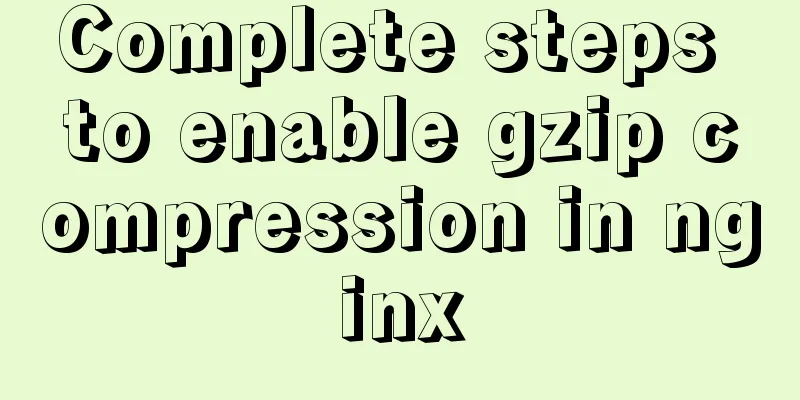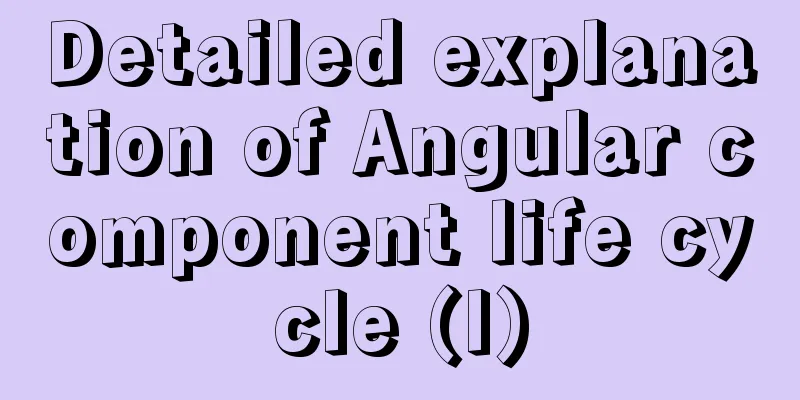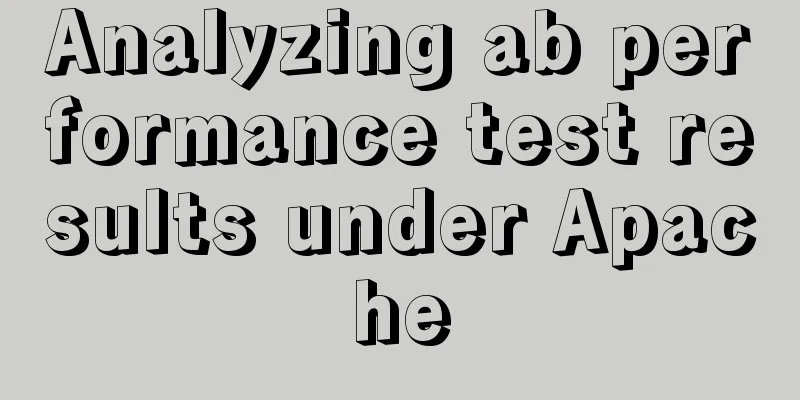Talking about Less and More in Web Design (Picture)

 In traditional industries, there are many successful cases of Less is More. In 1979, Sony discovered that most users had a much greater demand for playback than for recording, so they removed the recording function of traditional tape recorders and even removed the external speakers that were considered essential at the time. Then put the rest of the thing into a small box and pair it with stereo headphones. This is the Walkman portable player that is popular all over the world.    1. Details of Baidu's commercial products In the Fengchao system of Baidu Promotion, an account has the following basic structure: Account > Promotion Plan > Promotion Unit > Keyword. As shown in the figure:   I was confused after reading it and asked: "If I want to locate the entire account, how should I do it?" The PM replied: “For all accounts, just don’t select anything and click “View” directly. ” Me: “Dizzy…” This is a typical example of streamlining the content on the interface but sacrificing user experience. Although this design is the simplest and most space-saving, it fails to clearly express the function here. After discussion, it was changed to something like this:  2. Italic words on web pages On many English web pages, designers choose to italicize some text. For English, italics look more beautiful in some specific fonts, and this effect also has certain special meanings in some specific occasions. For example, in Wikipedia, italics are often used to write book titles or annotations, as shown in the figure:  But as for italics itself, I think it is not very suitable for Chinese web pages. The reason is simple. At the 12px font size that is commonly used on Chinese web pages, the recognition of italic Chinese characters will be poor. For example, the following screenshots show the same functional control in two different languages on an airline website (I chose Traditional Chinese to make the problem more obvious):  Obviously, in this example, when designing the Chinese version, it should be less complicated and removing the italic style will provide a better experience. 3. Play button and phone button <br />On many electronic products, designers use a right-pointing triangle symbol to represent the play button. This has become an industry standard. When we see this symbol, we will naturally have the correct understanding. So when designing similar functions again, we can directly use this symbol:  However, does this mean that when designing buttons for a product, we can continue to use the Less approach of providing only graphics but no text? The answer is definitely no. for example:  Summarize 1. Simple design can often make the product use smoother and more efficient, and provide a better user experience. 2. But sometimes we don’t understand the phrase “Less is More” thoroughly enough. Its original intention was to oppose "excessive decoration" rather than blindly "simplicity". 3. Less is not just about simplicity in UI, but more importantly, it is about simplicity and ease of use in terms of process and cognition. If you mess up the process in order to streamline the UI, the result will be counterproductive. 4. The more core principle is still the classic saying: Don’t make me think . Author: xidea |
<<: Summary of common HTML elements including basic structure, document type, header, body, etc.
Recommend
WeChat applet to determine whether the mobile phone number is legal example code
Table of contents Scenario Effect Code Summarize ...
TypeScript namespace explanation
Table of contents 1. Definition and Use 1.1 Defin...
Common styles of CSS animation effects animation
animation Define an animation: /*Set a keyframe t...
Web interview frequently asked questions: the principles and differences between reflow and repaint
Table of contents The browser's rendering mec...
CSS Sticky Footer Implementation Code
This article introduces the CSS Sticky Footer imp...
How to use Navicat to export and import mysql database
MySql is a data source we use frequently. It is v...
Vue implements simple calculator function
This article example shares the specific code of ...
Install mysql5.7.13 using RPM in CentOS 7
0. Environment Operating system for this article:...
A brief discussion on two methods of achieving semi-transparent background color in CSS
When laying out the page, in order to give users ...
MYSQL unlock and lock table introduction
MySQL Lock Overview Compared with other databases...
Solution to Ubuntu 20.04 Firefox cannot play videos (missing flash plug-in)
1. Flash plug-in package download address: https:...
How to use node to implement static file caching
Table of contents cache Cache location classifica...
Detailed explanation of Nginx Location configuration (Location matching order)
Location means "positioning", which is ...
Vue implements simple data two-way binding
This article example shares the specific code of ...
About the usage and precautions of promise in javascript (recommended)
1. Promise description Promise is a standard buil...









